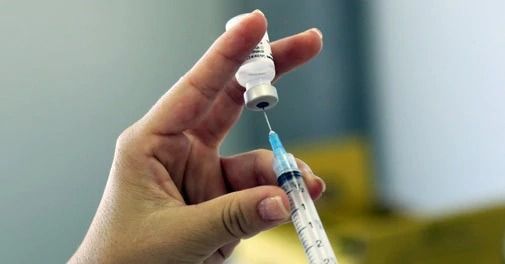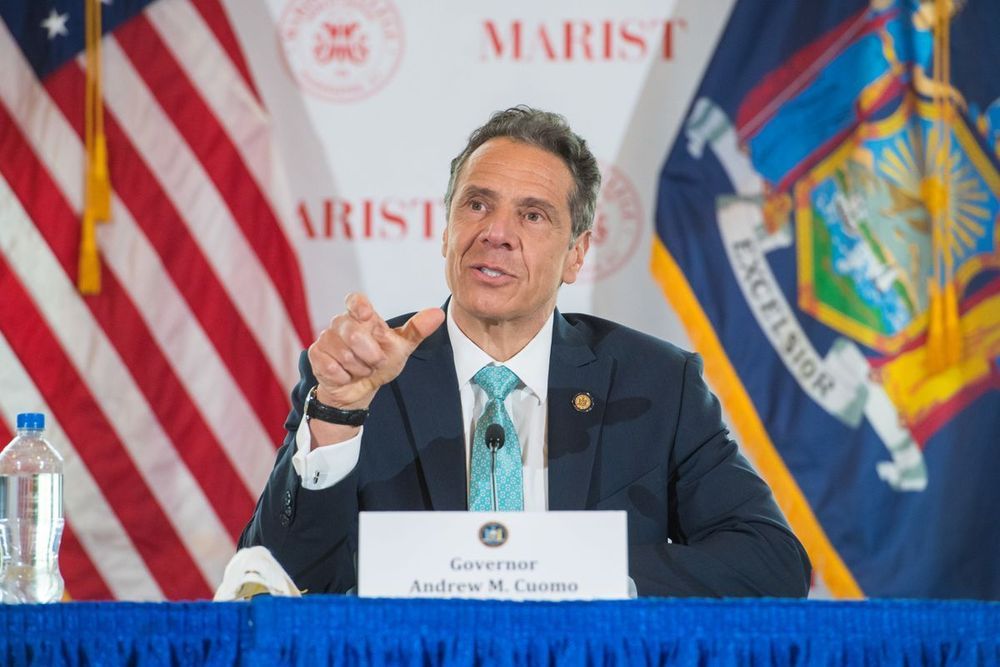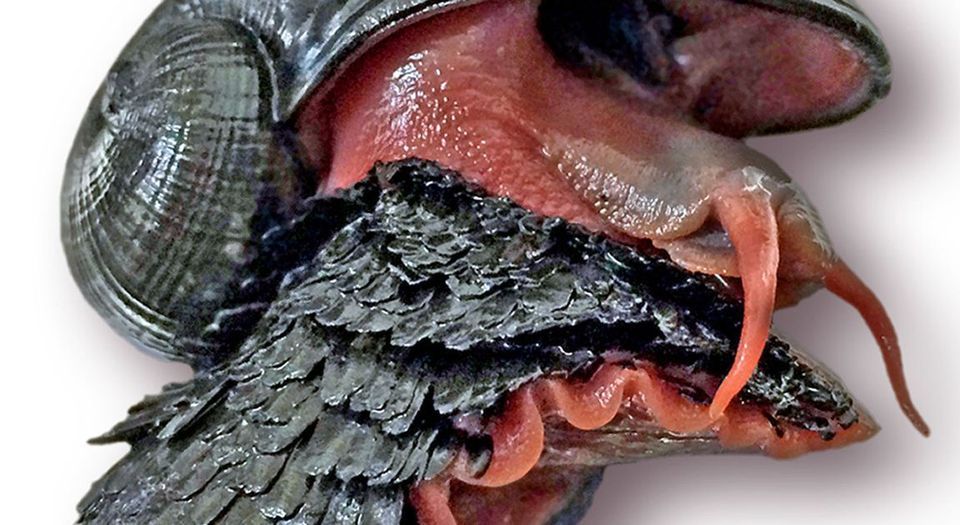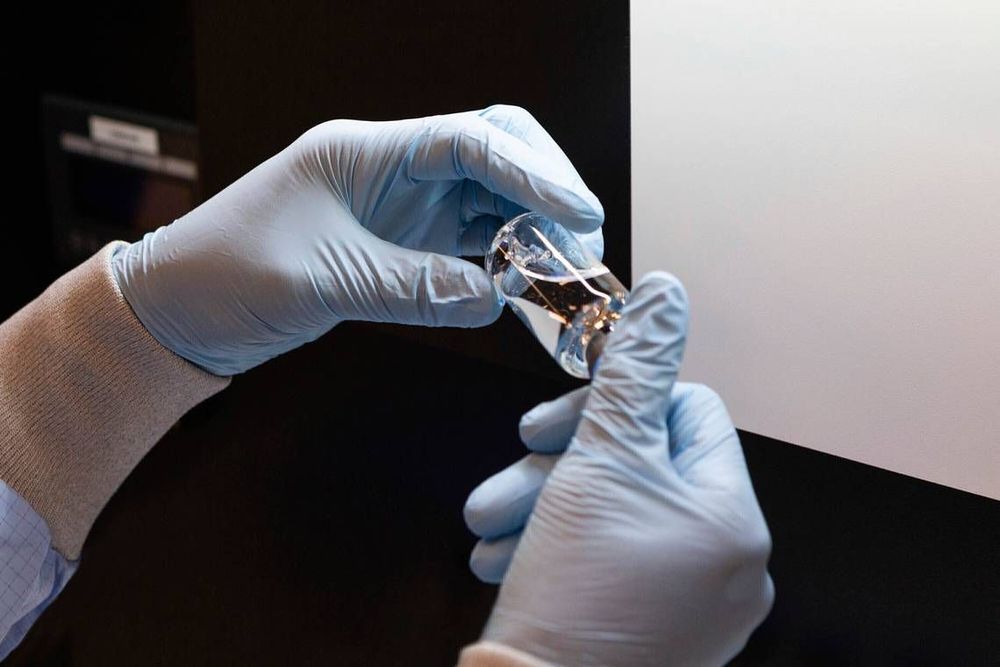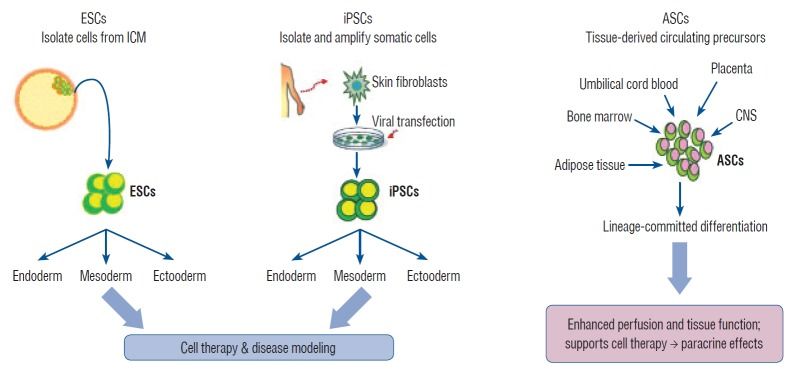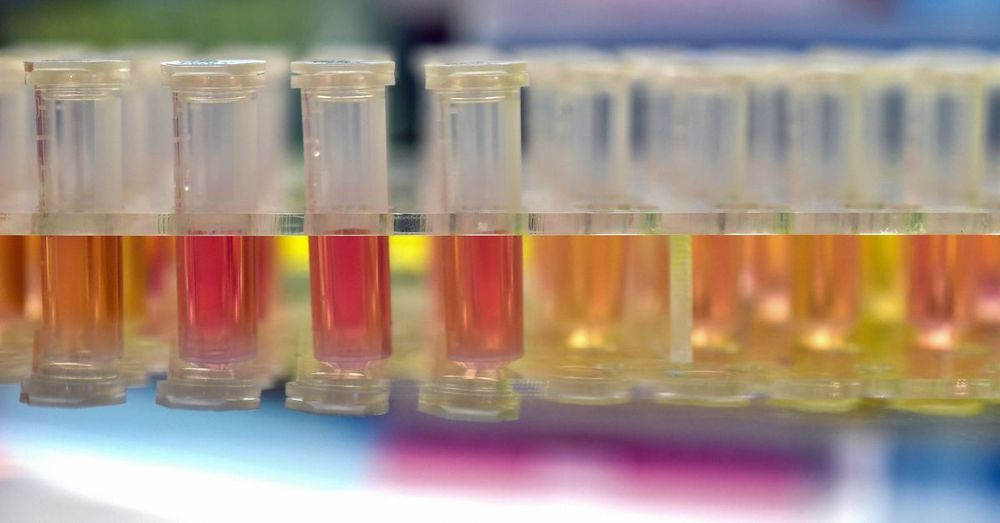Five months into the global outbreak, the world is racing against time to prepare a vaccine for coronavirus. Trials are underway in laboratories across the world with several companies and governments doubling their efforts to find a permanent cure for the deadly virus. World leaders and organisations, except the United States, have already pledged $8 billion to research, manufacture and distribute a possible vaccine and treatments for COVID-19 apart from the individual efforts taken by the countries and its pharmaceutical firms. We take a look at what are the major developments of the coronavirus vaccine happening across the globe.
ALSO READ:Coronavirus: Google announces May 22 as company holiday to tackle WFH burnout.
